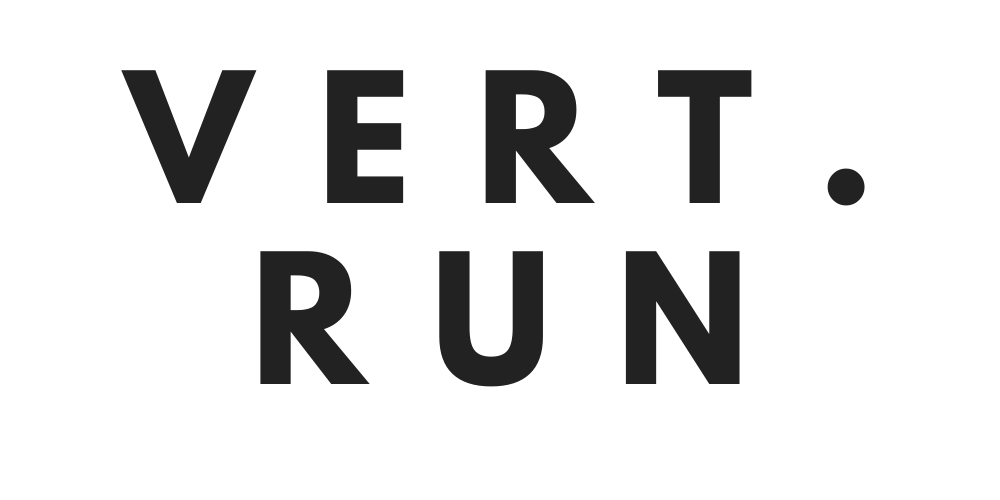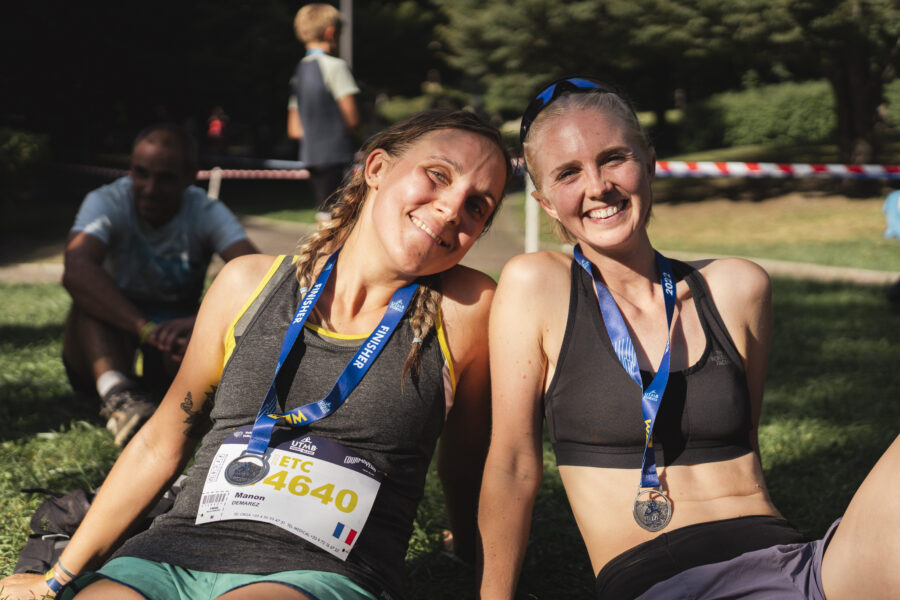Let’s rethink the power of doing nothing
By Philip Collier.
Learn more about Philip’s work here: https://www.brainsparks.com/
If you are like me then you’re tracking your training metrics; distance, vert, pace, stride rate, heart rate zones and more. We are often obsessed with how much further, higher and faster we are running. It is perhaps human nature as athletes to focus on the doing (running) rather than the not doing (resting). In doing, we feel like we are training to be better runners. It is difficult to see doing nothing as an important part of becoming a better runner.
To better understand why it is important to rethink doing nothing, so let’s explore the science behind training. Training can be broken down into two broad building blocks: ‘load’ (when you are training or competing) and ‘recovery’ (when you are resting).
When we are out for a run we are intentionally loading (or overloading) our bodies and putting them under stress; the good kind of stress that induces physiological adaptations so that we can run faster and longer. Basically, when we push ourselves during training our bodies respond by building more muscle, growing more mitochondria, and so on. We load our body now so that it can adapt for later greater loads. However, it is during recovery that those gains are made – it is after training that these physiological adaptations occur in response to load – growth and repair occurs during recovery.
The importance of recovery cannot be overstated. We know that continued overreaching during training results in a compromised immune system and overuse injuries and that is why we build recovery periods into our training programmes; we include recovery days and active rest days in our progressive overload training programmes.
What I think we don’t always understand is what is required for proper recovery. Recovery and load are linked to two arms of our autonomic nervous system (ANS) – the ANS is an unconscious system working behind the scenes, regulating our heart rate and breathing.
One arm of the ANS, the parasympathetic nervous system (PNS), is activated during recovery – you could call it our relaxed “rest-and-digest” state. The other arm, the sympathetic nervous system (SNS), is activated during load – you could call it our fight-or-flight or stress response. Cortisol and epinephrine are released increasing blood glucose and heart rate, pushing blood and oxygen to the muscles and organs required to run faster. Our bodies were designed to respond this way to threats – to escape being something else’s lunch.
The thing is that our brains don’t know the difference between real and perceived threats. In a recent podcast (The CGN Podcast E5: The Science of Sport and Exercise – on Spotify, iTunes, and Google), sports performance scientist and good friend, Dr. Shaun Owen reminds us that your body doesn’t know the difference between physiological stress and psychological stress; it reacts to all stressors in the same way shifting you out of ‘recovery mode’ into ‘load mode’.
Our state of mind has an impact on our recovery. We spend far more time in recovery than in training – if you are training for an hour a day then you are meant to be in recovery for the remaining hours of the day.
Feeling stressed during recovery – worrying about your next work deadline, worrying about your next race, worrying about whether you are resting enough or too much, and yes even worrying about what you are eating – has a negative impact on our physiological recovery, and therefore negatively impacts on our ability to perform during training and competition.
We can take the idea of load and recovery from sports science to the psychology of sports performance. When we think about the mental performance we often tend to focus on the psychological aspects that influence performance under load conditions – while we train, and at the event – and not as much about the psychological aspects that impact recovery.
The good news is that there are techniques we can to enhance recovery. We know that we need to ensure we get enough sleep, that we should feed our body what it needs to build and repair, and we probably know that we need to kick back and relax – but as I mentioned before, doing nothing is really difficult for us to do – we can’t put that on Strava can we.
What if there was something you could do and could track to show that you’re doing something to improve your recovery? Say hello to slow deep breathing and heart rate variability.
Controlling our breathing is the one way that we can consciously influence the autonomic nervous system. There are a number of different approaches, but the most accessible approach (and one well researched in the medical field) is slow deep diaphragmatic breathing. The mechanisms are complex but application is really simple. Six slow deep breaths a minute with an inhale and exhale ratio of one-to-one, breathing in through your nose and out through your mouth, will shift the balance from fight-or-flight to rest-and-digest.
To gain the most out of slow deep breathing it is important to remain relaxed. I would advise not to focus too much on the number of breaths per minute and rather focus on progressively breathing deeper and slower. Eventually, with daily practice, you’ll bring your breathing down to six breaths per minute. I enjoy sitting quietly with a cup of tea in the morning, but if sitting still doing nothing is not your thing you can also try some basic Chinese qigong exercises which also focus on slow deep breathing combined with gentle movements. It also helps to start with one minute and build up to five minutes or more.
As with breathing there is a direct link between the autonomic nervous system and heart rate variability. Heart rate variability (HRV) is basically the variability within each the variation in the time interval between consecutive heartbeats in milliseconds. When we are stressed our heart beats like a metronome, but when we are relaxed there is constant variation.
HRV provides us with a way of measuring our fight-or-flight to rest-and-digest balance. Since we’re able to track HRV, we are able to use it to get a sense of whether we are adequately recovering, and whether or not we should dial our training down to give ourselves more recovery time.
While HRV is gaining traction – you may already have seen HRV metrics on your sports watch – tracking HRV can be confusing. Some watches and HRV apps provide a number of HRV metrics, but the most widely accepted metric is RMSSD (root mean square of successive differences between normal heartbeats. You might also find different results from different apps – choose one approach and stick with it.
Two important things to do when tracking HRV are:
- track your HRV for two to three months in order to set your personal baseline. There are norms for HRV but what you want to see are fluctuations based on your own personal baseline
- follow a consistent “lab protocol mindset” each time you take a reading to ensure reliable readings over time. For example:
- Wake-up and lie still for 2 mins
- Lie in the same position with the same rhythmic breathing pattern for each reading
- Consistent measurement (if using phone camera apply the same pressure through the finger)
- Aim for every day or at least minimum of four times a week.
Also avoid stimulants like caffeine prior to taking your reading, reading or checking emails and messages, and even getting up to go to the bathroom first.
Let’s make sure stress doesn’t kill your next run. Incorporating slow deep breathing (six breaths per minute), and finding strategies to manage everyday stress will enhance your recovery – and if you enjoy tracking performance metrics like I do, you can track your recovery performance using HRV.
Remember, your state of mind during recovery is just as important to your performance as your training and competition programme.
Philip is a sports performance psychology consultant and coach, kung fu teacher, and avid trail runner and sometimes triathlete. Follow him on Instagram, Facebook, LinkedIn, Strava
If you want to get deep into the physiology, here is a comprehensive overview of the physiology and effects of slow breathing techniques: The physiological effects of slow breathing in the healthy human.





